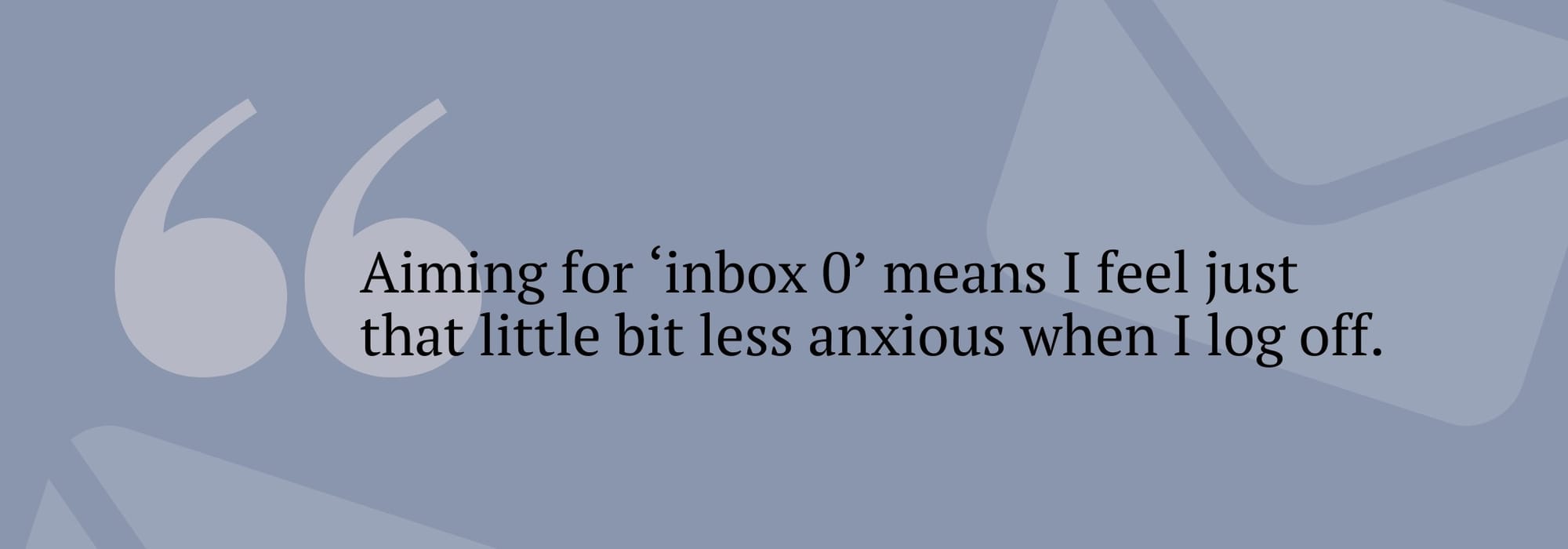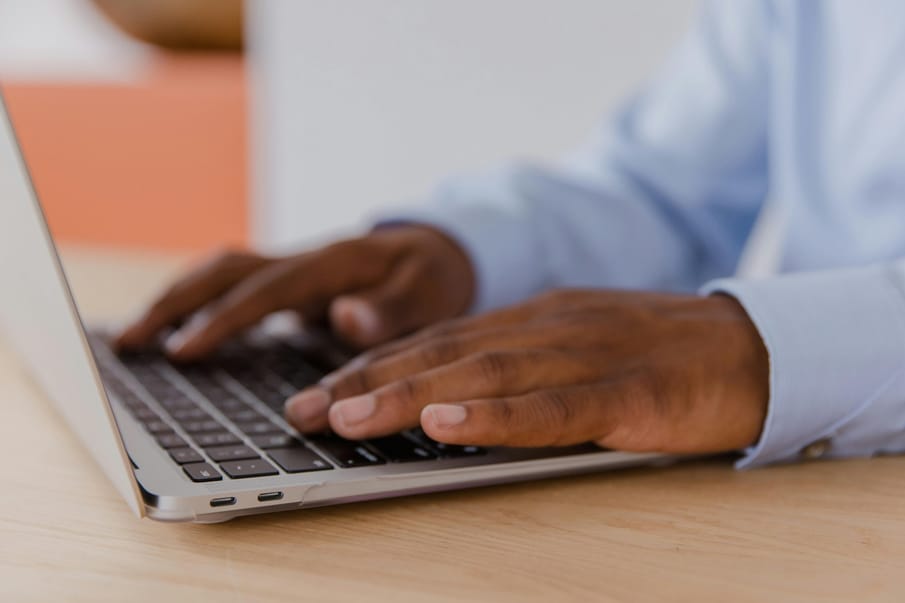An overflowing, chaotic inbox can take its toll on your wellbeing over time, so follow these tips to keep things in check
Many of us can point to experiencing a familiar dread as the emails in our inbox keep building up. Often, this feeling remains even when we’re taking time off – in fact, the inbox has such a hold on people that a survey by icompario.com found that 67% of us are still looking at our professional emails when we are away from work.
We all know that we should be limiting our screen time, such as when it comes to ‘doomscrolling’, yet most of us apply that to social media, and rarely stop to consider the impact of our inbox on our mental wellbeing. This begs the question, what methods can be used to manage your inbox in order to safeguard yourself? Here are five effective strategies that you can start applying today.
The ‘inbox 0’ method
While it may initially seem brutal as an approach, ‘inbox 0’ is the ultimate aspiration for anyone who has to deal with a lot of correspondence. The idea is that the inbox itself is kept empty, or at least only a few emails in it at any given time. You can achieve this by creating named and colour-coded folders in your inbox, and manually filing emails away (or, if you’re tech-savvy, by creating automatic filters that do it for you).
You might want to consider your schedule to help attain this – jumping in and out of your inbox as messages arrive can make emailing take over your day. Whereas blocking out a certain period allows you to be productive without distracting from other responsibilities.
In my case, messages that do not demand an instant reply are moved into a different folder to be dealt with later, erroneous emails are deleted ruthlessly, and tickets and receipts are filed away for reference. Aiming for ‘inbox 0’ means I feel less anxious when I log off at the end of the day.

Make your ‘OOO’ work for you
Most email providers offer an ‘out of office’ (OOO) auto-reply function, so if anyone emails while you’re away, you can easily set a boundary. But rather than just making promises to come back to them ASAP on your return, think about what would actually work for you.
For example, if you’re away for a long time (such as long-term sick or maternity leave), you could let people know to re-send important enquiries after your return – this will allow you to quickly delete a large backlog without fear of missing something. Or, if there is someone who can cover you while you’re away, provide their details in your OOO. You can also provide an expected reply date (which doesn’t have to be your return date), to give yourself breathing space.
Schedule your emails
We’ve all been there: blasting back emails, hoping to clear our inbox, only to receive replies quicker than we can get them out. Obviously, when something’s urgent this is helpful, but using scheduling tools can help free up our time from getting stuck in low-priority back-and-forths. Not only will it save last-minute panic if you need to send an email at a particular time, but it also allows for the streamlining of tasks, and greater control over the flow of your to-do list, so emailing doesn’t take over your day.
Your replies don’t have to be a work of art
While politeness and courtesy are expected, when your inbox is overflowing, the last thing you want to do is spend time agonising over finding the right words to express something that could be communicated more simply. Pleasantries are nice and can help build relationships, but when you’re overwhelmed, know that it’s OK to keep things clear and precise. Use bullet points to break down more complicated messages, add links to resources to avoid having to explain things in the email, and keep your message focused.
Additionally, some email providers have a prompt function, offering pre-set sentences as a response, which can make the process a little bit more efficient. You might also want to create and save a few template messages for yourself, or use artificial intelligence to help, to speed up the process or assist with more challenging messages.


Comments